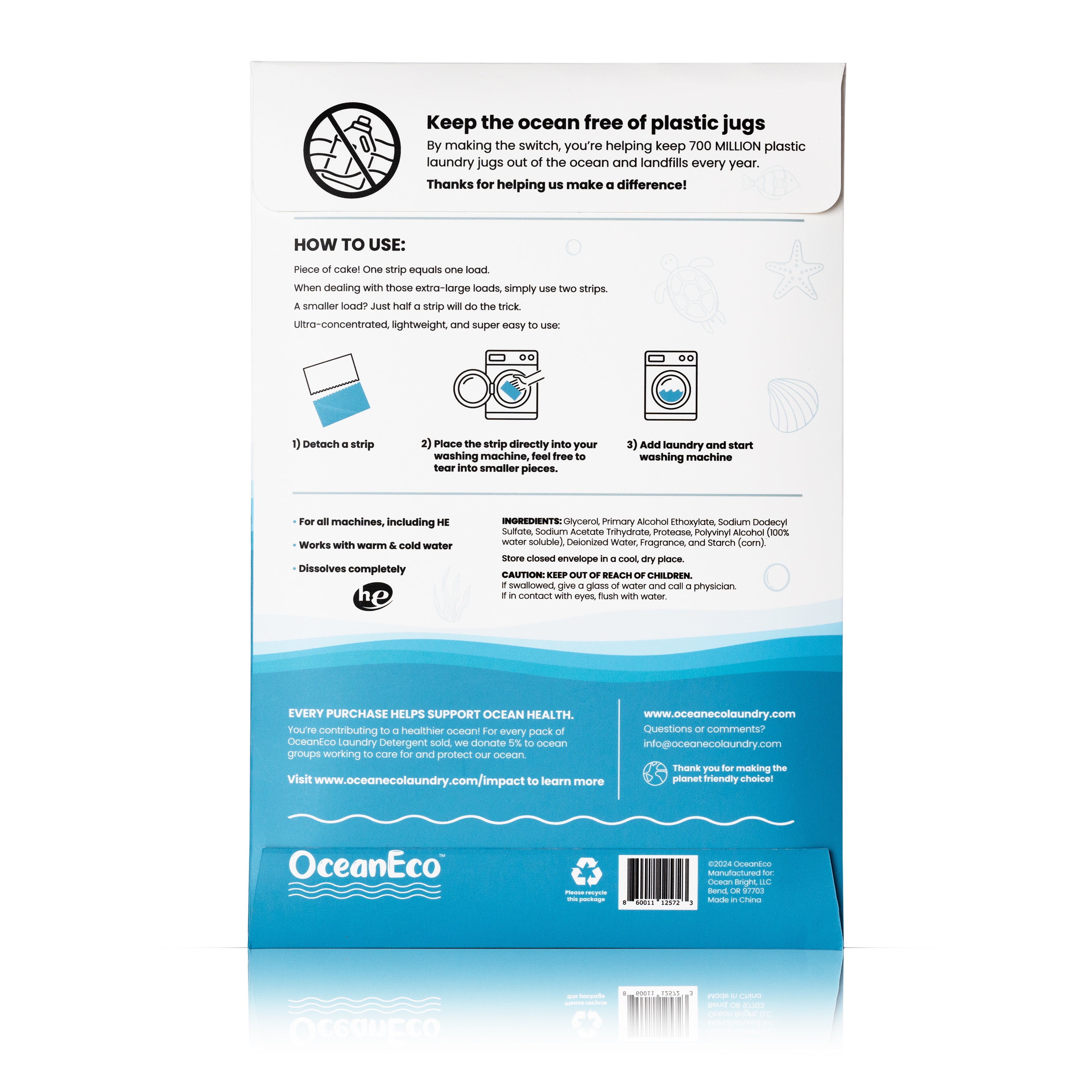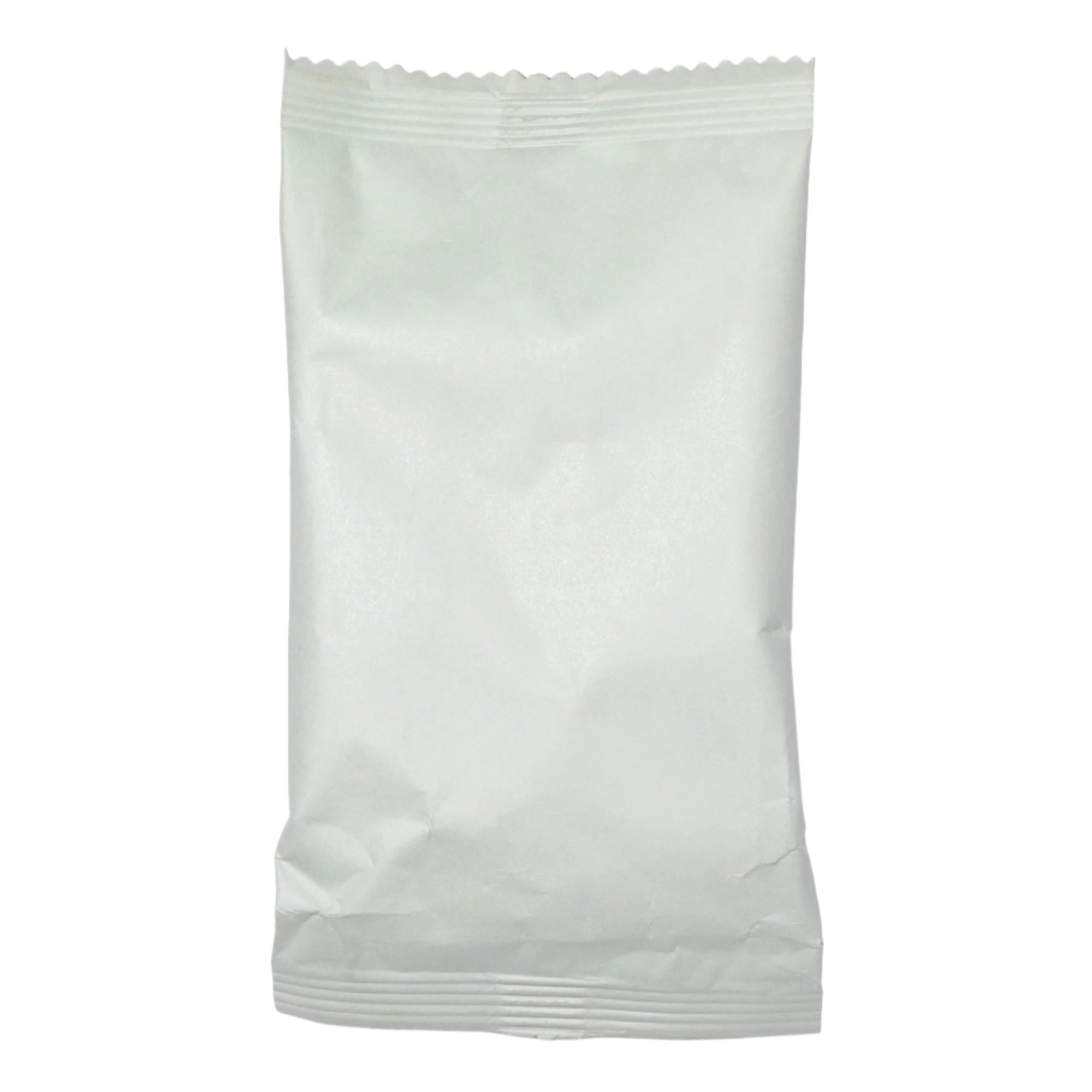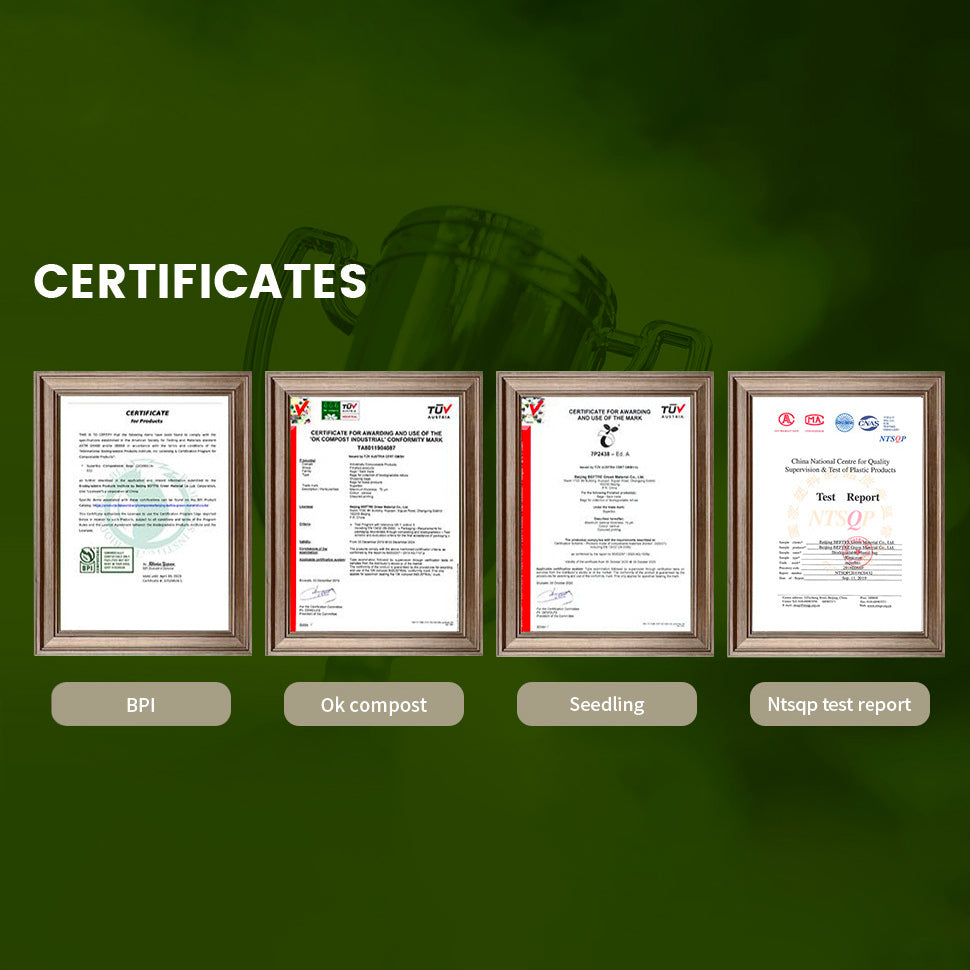Volcano Beneath The Pacific Drums Nonstop As The Clock Ticks Toward Eruption
Beneath cold, dark water, a restless volcano ticks like a metronome. Axial Seamount—about 300 miles off Oregon and nearly a mile down—now registers more than a thousand tiny earthquakes a day, a surge scientists say points to a coming eruption, according to Union Rayo.

Axial Seamount sits 300 miles off Oregon.
Where It Sits—and Why It’s So Busy
Axial straddles the Juan de Fuca Ridge, where seafloor spreads and magma rises. That tectonic setting, combined with a geological hotspot, fuels frequent activity, the Los Angeles Times reports. Eruptions were documented in 1998, 2011, and 2015, a record that helps researchers anticipate what’s next.
What the Tremors Mean
Two signals stand out. The seafloor above Axial is swelling toward pre-2015 levels, and micro-quakes exceed a thousand per day as magma shifts below, Times of India reports. In June 2025, the tally even spiked beyond 2,000 in a single day, according to ABC News.
Eruption Style: Spectacle Below, Not Above
Axial’s eruptions ooze fluid lava rather than detonate. Heat plumes rise from the seafloor but do not reach the surface, and there is no tsunami risk to West Coast communities, the Los Angeles Times reports. On land, people won’t notice—underwater, the landscape changes fast.

Prior eruptions occurred in 1998, 2011, and 2015.
The Most Watched Patch of Seafloor
A fiber-optic observatory links 150 instruments across the Juan de Fuca Plate to shore, streaming power, data, video, and high-resolution imagery in real time. This Regional Cabled Array gives scientists an uninterrupted view of Axial’s pulse, according to the University of Washington. The system has captured inflation-deflation cycles between eruptions and will flag any rapid shift in quakes or seafloor motion, as ABC News reports.
Life on the Edge
Lava can bury nearby vent communities and research gear. Yet microbes and animals often rebound, letting teams study resilience in extreme conditions. Those observations matter: most volcanic output on Earth happens in the ocean, shaping crust and ecosystems, the University of Washington reports.
What to Watch Next
With inflation steady and tremors elevated, another eruption is plausible before year’s end. Even if no ship is on station when it happens, the cabled array will record the moment, adding vital data for forecasting at Axial and lessons for more hazardous volcanoes on land, the Los Angeles Times reports.





























































































































































































































































































































































